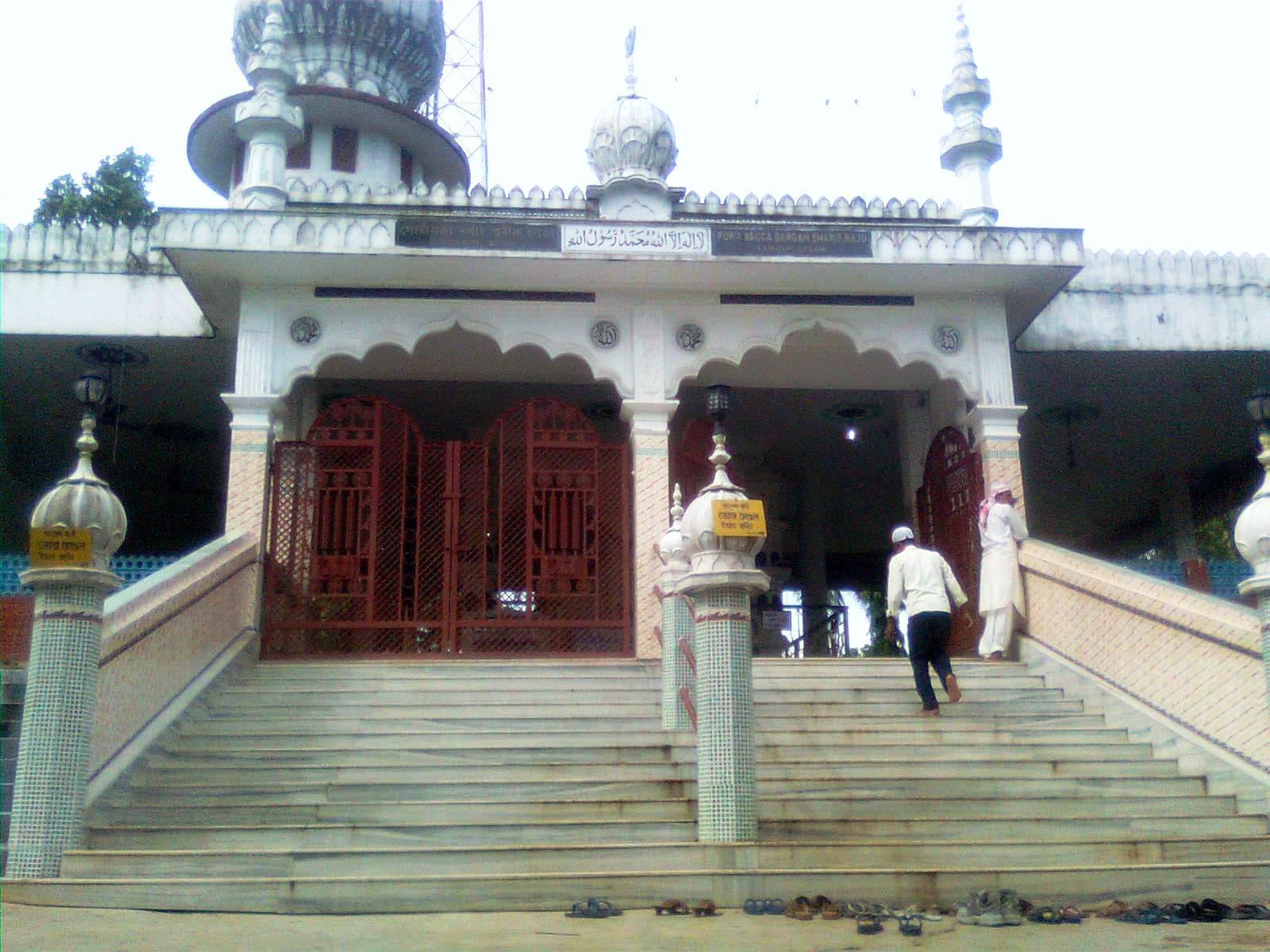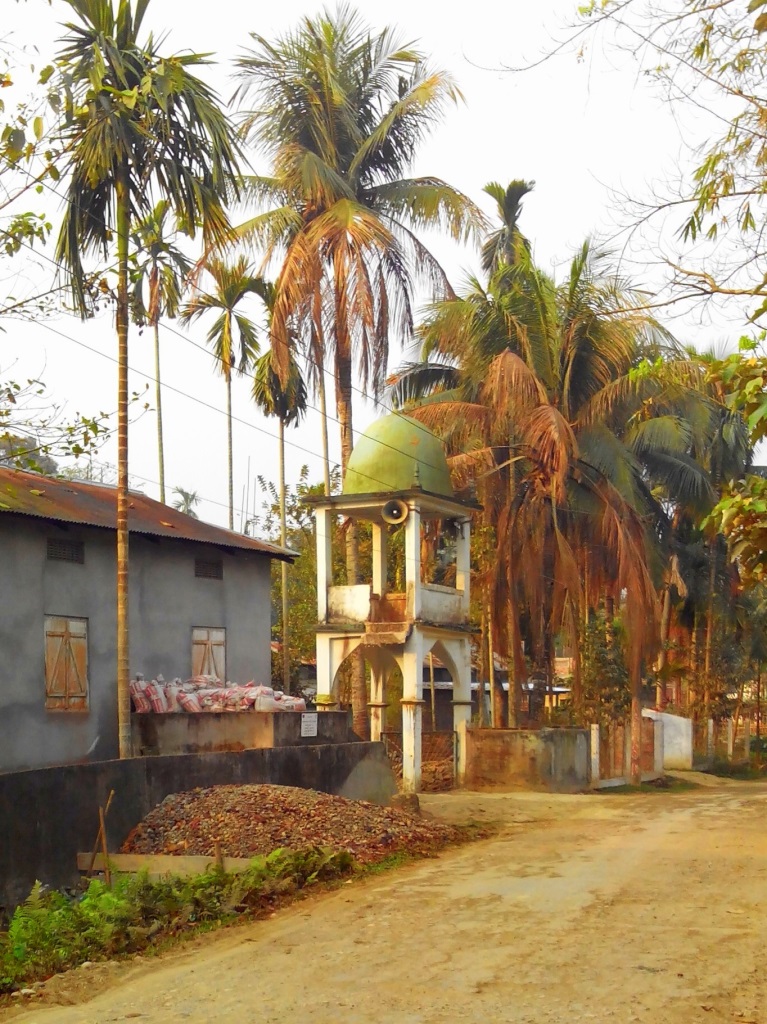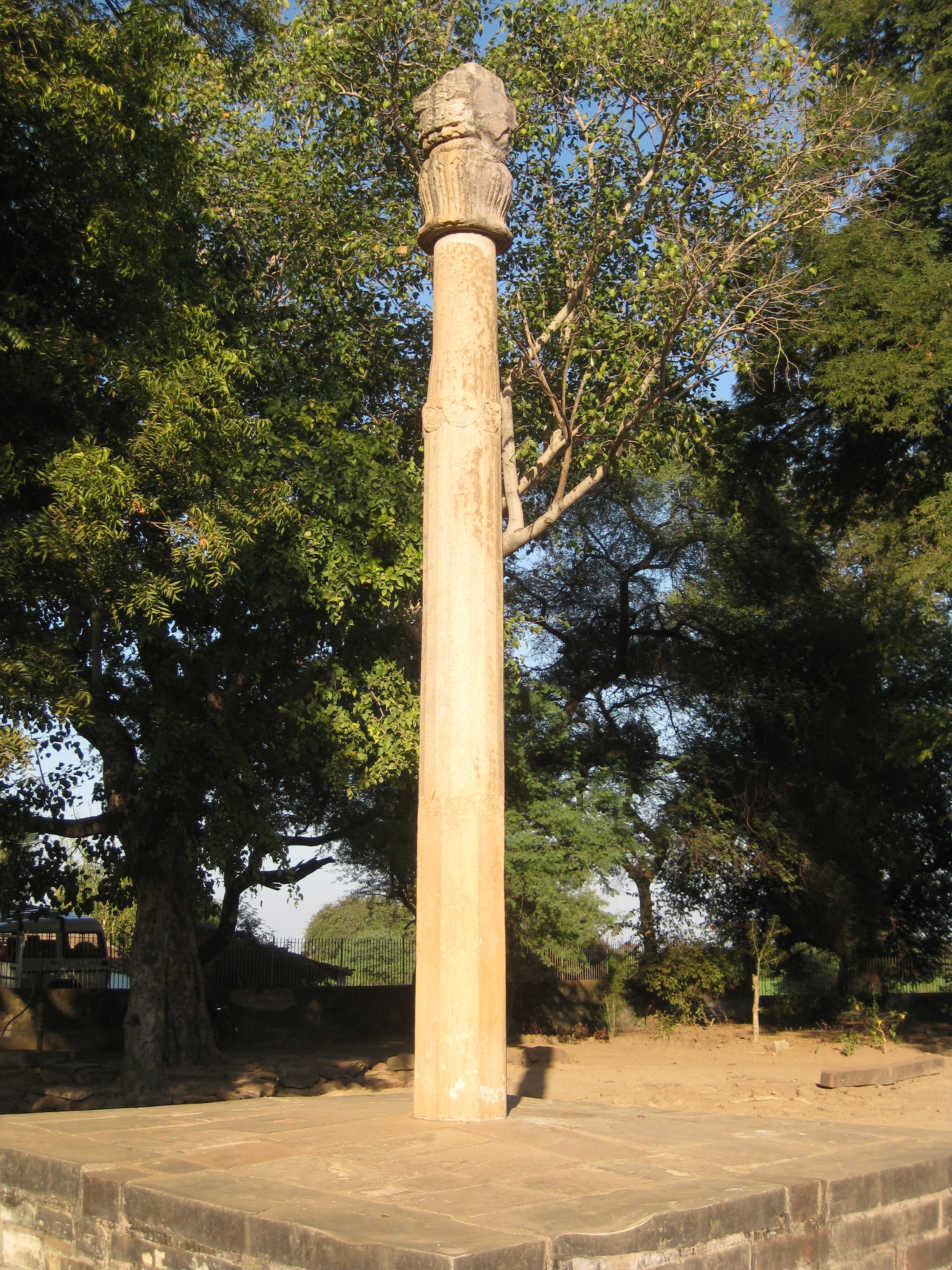|
Ananta Kandali
Ananta Kandali ( as, অনন্ত কন্দলী; 1540–1580) was Brahmin poet from Hajo, Kamrup district. Ananta Kandali's real name was Haricharan, but he is popularly known by his scholastic title "Ananta Kandali". His father, Ratna Pathak, was a renowned scholar and expounder of the Bhagavata at the Madhava temple. As a prolific writer, Kandali gained many literary distinctions, and acquired titles like "Ananta Kandali". He became a disciple of Sankardev and attracted towards Vaisnava cult. See also * Bhattadeva * Hema Saraswati Hema Saraswati ( as, হেম সৰস্বতী) (fl. late 14th century) was amongst the earliest known Assamese writers, most known for his poem, ''Prahlada Charita'', the earliest known poetic work in Assamese language. He was court poet u ... References {{DEFAULTSORT:Kandali, Ananta Kamrupi poets 1540 births 1580 deaths 16th-century Indian poets Indian male poets Assamese people ... [...More Info...] [...Related Items...] OR: [Wikipedia] [Google] [Baidu] |
Assamese Language
Assamese (), also Asamiya ( ), is an Indo-Aryan language spoken mainly in the north-east Indian state of Assam, where it is an official language, and it serves as a ''lingua franca'' of the wider region. The easternmost Indo-Iranian language, it has over 23 million speakers. Nefamese, an Assamese-based pidgin, is used in Arunachal Pradesh, and Nagamese, an Assamese-based Creole language, is widely used in Nagaland. The Kamtapuri language of Rangpur division of Bangladesh and the Cooch Behar and Jalpaiguri districts of India are linguistically closer to Assamese, though the speakers identify with the Bengali culture and the literary language. In the past, it was the court language of the Ahom kingdom from the 17th century. Along with other Eastern Indo-Aryan languages, Assamese evolved at least before the 7th century CE from the middle Indo-Aryan Magadhi Prakrit. Its sister languages include Angika, Bengali, Bishnupriya Manipuri, Chakma, Chittagonian, Hajong, ... [...More Info...] [...Related Items...] OR: [Wikipedia] [Google] [Baidu] |
Kamrupi Brahmins
Kamrupi Brahmins, also known as Kamarupi Brahmana and Kamrupi Bamon; are those brahmins who claimed their descent from the Kanauji Brahmins and Maithili Brahmins who settled in Kamarupa (present day Assam).Mani L. Bose, ''Social History of Assam: Being a Study of the Origins of Ethnic Identity'', 1989, p. 40 when the Aryans entered Assam from the west is uncertain. It seems probably that the Aryan penetration into Assam began from the time of the Brahmanas and the Epics and by the 3rd century A.D. Aryan culture became the predominant.''The Journal of the Institute of Bangladesh Studies''(1994),Institute of Bangladesh Studies, University of Rajshahi "Kamrupi brahmins are those brahmins who claimed their descent from the Kanauji immigrant brahmins of very early period. They settled in Kamrupa and later on spread out" They brought with them different Hindu epics and became the torch-bearers of Indo-Aryan culture in the region. Background Kamrupi brahmins are those brahmins who c ... [...More Info...] [...Related Items...] OR: [Wikipedia] [Google] [Baidu] |
Hajo
Hajo is a historic town set in the hills northwest of Guwahati, Assam, India. It is a meeting point of Buddhists, Hindus and Muslims due to the various pilgrimage sites on the different hills of Hajo. To the Hindus, the Manikut Parbat of Hajo is the site of the 10th-century temple ruins and the 11th- to 16th-century temples complex for Vaishnavism as well as shrines of Shaivism and Shaktism. To the Buddhists, particularly from Bhutan and Tibet, Assam is where the Buddha died and the Hayagriva temple in Hajo is a part of the sacred geography of the Buddha. To the regional Muslims, the Mughal era Poa-Mecca shrine on another hill of Hajo has the tomb of Giyasuddin Aulia built in the 17th-century.Bhuvan Vikrama (2017), ''Hajo'', Office of Superintending Archaeologist, Archaeological Survey of India – Guwahati Circle, Guwahati, India Hajo is one of the important historical and archaeological sites in northeast India as it preserves the history, inscriptions and architecture in a r ... [...More Info...] [...Related Items...] OR: [Wikipedia] [Google] [Baidu] |
Kamrup District
Kamrup Rural district, or simply Kamrup district (Pron: ˈkæmˌrəp or ˈkæmˌru:p), is an administrative district in the state of Assam in India formed by dividing the old Kamrup district into two in the year 2003; other being Kamrup Metropolitan district, named after the region it constitutes. This district, along with Nalbari, Barpeta, Kamrup Metropolitan, Bajali and Baksa district Baksa district ( or ) is an administrative district in the Bodoland Territorial Region of Assam, one of the North-Eastern states of India. The administrative headquarters is at Mushalpur. Manas National Park is a part of this district. His ...s has been created from the Undivided Kamrup district. History Kamrup Rural district was created by bifurcating Undivided Kamrup district in 2003. The Government of Assam, during the Chief-ministership of Late Tarun Gogoi, had proposed to bifurcate it further and create a new district, named South Kamrup. In 2016, the process of creation of ... [...More Info...] [...Related Items...] OR: [Wikipedia] [Google] [Baidu] |
Bhagavata
The Bhagavata tradition, also called Bhagavatism, refers to an ancient religious sect that traced its origin to the region of Mathura. After its syncretism with the Brahmanical tradition of Vishnu, Bhagavatism became a pan-Indian tradition by the second century BCE, according to R.C. Majumdar. Historically, Bhagavatism corresponds to the development of a popular theistic movement in India, departing from the elitist sacrificial rites of Vedism, and initially focusing on the worship of the Vrishni hero Vāsudeva in the region of Mathura."A cult of Vāsudeva, known as Bhagavatism, was already in existence by the second century BC." in It later assimilated into the concept of Narayana Vishnu was by then assimilated with Narayana where Krishna is conceived as '' svayam bhagavan''. According to some historical scholars, worship of Krishna emerged in the 1st century BCE. However, Vaishnava traditionalists place it in the 4th century BCE. Despite relative silence of the earl ... [...More Info...] [...Related Items...] OR: [Wikipedia] [Google] [Baidu] |
Sankardev
Srimanta Sankardev( শ্ৰীমন্ত শংকৰদেৱ )(; ; 1449–1568) was a 15th–16th century Assamese polymath; a saint-scholar, poet, playwright, dancer, actor, musician, artist social-religious reformer and a figure of importance in the cultural and religious history of Assam, India. He is widely credited with building on past cultural relics and devising new forms of music (Borgeet), theatrical performance ( Ankia Naat, Bhaona), dance ( Sattriya), literary language (Brajavali). Besides, he has left an extensive literary oeuvre of trans-created scriptures ( Bhagavat of Sankardev), poetry and theological works written in Sanskrit, Assamese and Brajavali. The Bhagavatic religious movement he started, Ekasarana Dharma and also called Neo-Vaishnavite movement, influenced two medieval kingdoms – Koch and the Ahom kingdom – and the assembly of devotees he initiated evolved over time into monastic centers called Sattras, which continue to be important soc ... [...More Info...] [...Related Items...] OR: [Wikipedia] [Google] [Baidu] |
Vaisnava
Vaishnavism ( sa, वैष्णवसम्प्रदायः, Vaiṣṇavasampradāyaḥ) is one of the major Hindu denominations along with Shaivism, Shaktism, and Smartism. It is also called Vishnuism since it considers Vishnu as the sole supreme being leading all other Hindu deities, i.e. '' Mahavishnu''. Its followers are called Vaishnavites or ''Vaishnava''s (), and it includes sub-sects like Krishnaism and Ramaism, which consider Krishna and Rama as the supreme beings respectively. According to a 2010 estimate by Johnson and Grim, Vaishnavism is the largest Hindu sect, constituting about 641 million or 67.6% of Hindus. The ancient emergence of Vaishnavism is unclear, and broadly hypothesized as a fusion of various regional non-Vedic religions with Vishnu. A merger of several popular non-Vedic theistic traditions, particularly the Bhagavata cults of Vāsudeva-krishna and '' Gopala-Krishna'', and Narayana, developed in the 7th to 4th century BCE. It was ... [...More Info...] [...Related Items...] OR: [Wikipedia] [Google] [Baidu] |
Bhattadeva
Bhattadeva (1558–1638)(অসমীয়া: বৈকুণ্ঠনাথ ভাগৱত ভট্টাচাৰ্য), (Baikunthanatha Bhagavata Bhattacharya) is acknowledged as the father of Assamese prose. Though ''Bhaktiratnakar-katha'', the Assamese translation of Sankardev's Sanskrit composition ''Bhaktiratnakar'' by Gopala Charana Dwija preceded the works of Bhattadeva, Bhattadeva's prose had an influence in the development of a high and dignified style. Bhattadeva's and Gopala Charana Dvija's 16th century works are considered to be the earliest examples of prose in Indian languages. Bhattadeva's erudition in Sanskrit grammar and literature, and his command over the Bhagavata earned him the title of ''Bhagavata Bhattacharya''. Biography Bhattadeva was born to Chandra Bharati and Tara Devi in a Brahmin family of Bichankuchi, Bajali ( Kamrup). After finishing his education he became a disciple of Damodara Deva and succeeded him as the head of Patbausi satra at Ba ... [...More Info...] [...Related Items...] OR: [Wikipedia] [Google] [Baidu] |
Hema Saraswati
Hema Saraswati ( as, হেম সৰস্বতী) (fl. late 14th century) was amongst the earliest known Assamese writers, most known for his poem, ''Prahlada Charita'', the earliest known poetic work in Assamese language. He was court poet under the patronage of Kamtapur's King Durlabh Narayan of Kamata Kingdom, who also provided patronage to his contemporary, Harivara Vipra. He wrote ''Prahlada Charita'' based on a story found in Vayu Purana and ''Har-Gauri-Sambaad'', a version of Kumarasambhava by Kalidasa. Das, p. 215 His concurrent writers are Rudra Kandali, Madhav Kandali Kaviraja Madhava Kandali ( as, মাধৱ কন্দলি) (circa. 14th century) was an Indian poet from the state of Assam. He is one of the renowned poets pertaining to the Pre- Shankara era. His Saptakanda Ramayana is considered the ear ..., Horibor Bipro etc., who gave a strong initial base to Assamese Literature. Notes References * * * * External links Assamese Literature ... [...More Info...] [...Related Items...] OR: [Wikipedia] [Google] [Baidu] |
Kamrupi Poets
Kamrupi or Kamarupi may refer to: * Kamarupi Prakrit, a middle Indo-Aryan language (5th-12th century) * Kamrupi dialect, a modern dialect of Assamese * Kamarupi script, ancestral script of Assamese and Bengali * Kamrupi people, native speakers of Kamrupi language * Kamrupi Brahmins * Kamrupi Dholiya See also * Kamrupi crafts, handicrafts from Kamrup * Kamrupi culture, culture of Kamrup * Kamrupi dance, dances from Kamrup * Kamrupi Lokgeet Kamrupi Lokgeet is popular form of folk music that expresses thoughts and emotion of the Kamrupi people. The songs are derived from Ancient Kamrup. The language of Kamrupi lokgeet are different dialects and ancestral forms of Assamese, including ..., folk songs in Kamrupi dialect * Kamrupi literature, literature from Kamrup {{disambiguation Language and nationality disambiguation pages ... [...More Info...] [...Related Items...] OR: [Wikipedia] [Google] [Baidu] |
1540 Births
Year 154 ( CLIV) was a common year starting on Monday (link will display the full calendar) of the Julian calendar. At the time, it was known as the Year of the Consulship of Aurelius and Lateranus (or, less frequently, year 907 ''Ab urbe condita''). The denomination 154 for this year has been used since the early medieval period, when the Anno Domini calendar era became the prevalent method in Europe for naming years. Events By place Roman Empire * King Eupator of Bosphorus pays tribute to Rome, due to the threat posed by the Alani. * The Antonine Wall is completed. Asia * Last (2nd) year of ''Yongxing'' era of the Chinese Han Dynasty. * Adalla becomes ruler of the Korean kingdom of Silla. By topic Religion * Anicetus becomes pope of Rome (approximate date). * Anicetus meets with Polycarp of Smyrna to discuss the Computus, the date of Easter in the Christian liturgical calendar. * Change of Patriarch of Constantinople from Patriarch Euzois to Patriarch Laure ... [...More Info...] [...Related Items...] OR: [Wikipedia] [Google] [Baidu] |
1580 Deaths
Year 158 ( CLVIII) was a common year starting on Saturday (link will display the full calendar) of the Julian calendar. At the time, it was known as the Year of the Consulship of Tertullus and Sacerdos (or, less frequently, year 911 ''Ab urbe condita''). The denomination 158 for this year has been used since the early medieval period, when the Anno Domini calendar era became the prevalent method in Europe for naming years. Events By place Roman Empire * The earliest dated use of Sol Invictus, in a dedication from Rome. * A revolt against Roman rule in Dacia is crushed. China * Change of era name from ''Yongshou'' to ''Yangxi'' of the Chinese Han Dynasty. Births *Gaius Caesonius Macer Rufinianus, Roman politician (d. 237) Deaths * Wang Yi, Chinese librarian and poet (d. AD 89 AD 89 ( LXXXIX) was a common year starting on Thursday (link will display the full calendar) of the Julian calendar. At the time, it was known as the Year of the Consulship of Fulvus a ... [...More Info...] [...Related Items...] OR: [Wikipedia] [Google] [Baidu] |



